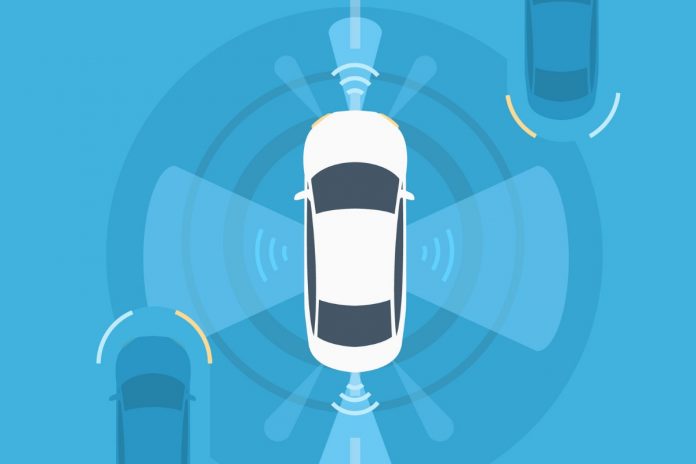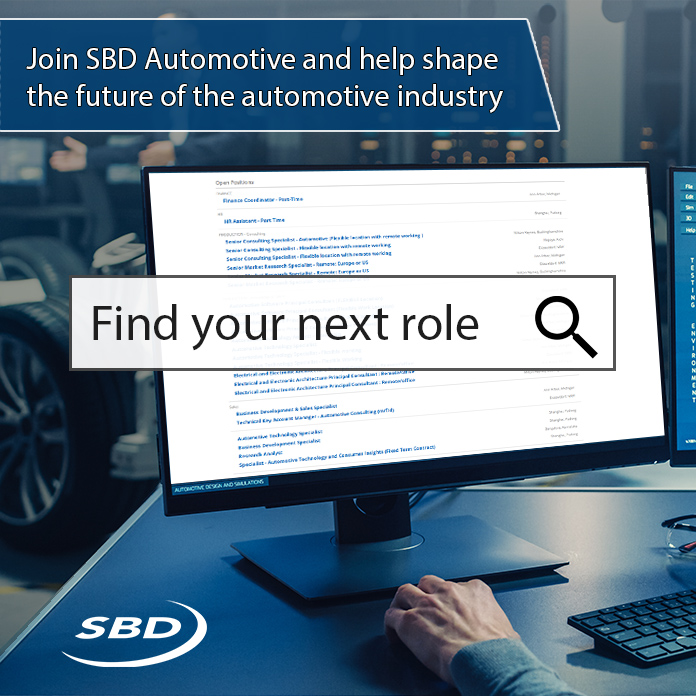NVIDIA announced that it will provide the transportation industry with access to its NVIDIA DRIVE deep neural networks (DNNs) for autonomous vehicle development on the NVIDIA GPU Cloud (NGC) container registry.
NVIDIA DRIVE has become a de facto standard for AV development, used broadly by automakers, truck manufacturers, robotaxi companies, software companies and universities. Now, NVIDIA is providing access of its pre-trained AI models and training code to AV developers. Using a suite of NVIDIA AI tools, the ecosystem can freely extend and customize the models to increase the robustness and capabilities of their self-driving systems.
AI is central to the development of safe, self-driving cars — allowing them to perceive and react in real time to their surroundings for intelligent operation. At its core are dozens of DNNs that tackle redundant and diverse tasks, ensuring accurate perception, localization and path planning.
NVIDIA has spent years developing and training DNNs that run on the NVIDIA DRIVE AGX platform, turning raw sensor data into a deep understanding of the world. These DNNs cover such tasks as traffic-light and sign detection, object detection (for vehicles, pedestrians, bicycles) and path perception, as well as gaze detection and gesture recognition inside the vehicle.
Advanced Learning Tools for AI Development:
In addition to providing access to the DNNs, NVIDIA announced the availability of a suite of advanced tools so developers can customize and enhance NVIDIA’s DNNs using their own datasets and target feature set. These tools allow the training of DNNs using active learning, federated learning and transfer learning:
- Active learning improves model accuracy and reduces data collection costs by automating data selection using AI, rather than manual curation.
- Federated learning enables companies to utilize datasets across countries and with other companies while maintaining data privacy and protecting their intellectual property.
- Transfer learning gives DRIVE customers the ability to speed development of their perception software by leveraging NVIDIA’s significant investment in AV development, then further developing these networks for their own applications and target capability.
By providing access to its AI models on NGC and introducing advanced training tools, NVIDIA strengthens its end-to-end platform for AV development and deployment.











